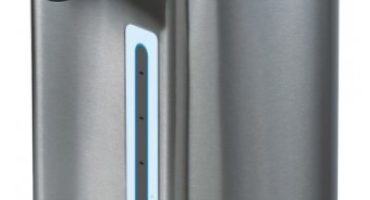The issue of removing unwanted hair is one of the most exciting for the fair half of humanity. To solve it, they use all kinds of methods, one of which is exposure to hair with light, realized with the help of a photoepilator. At the same time, for most women who want to stay not only beautiful, but also healthy, the question also arises of what can be expected from using a photoepilator - harm or benefit. To answer it, you need to find out what the principle of operation of the device is and whether there are contraindications to this procedure.
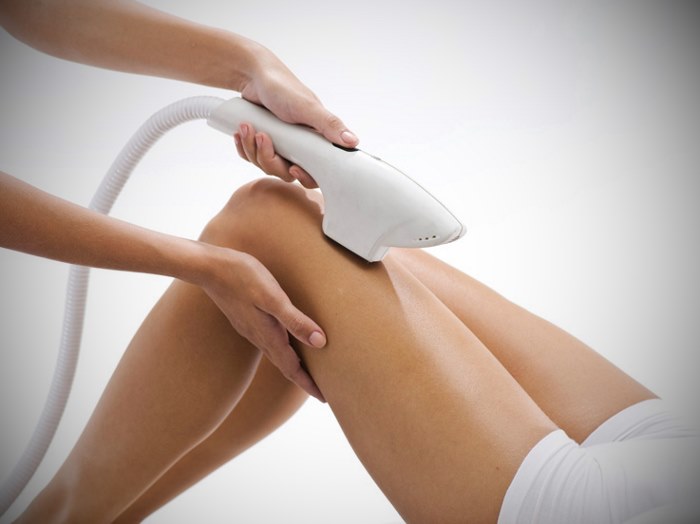
Photoepilation: benefit or harm?
The principle of the photoepilator
To understand whether a photoepilator is harmful, it is necessary to find out the principle of its operation and the nature of the processes that it causes during use. The basis of the photoepilator is selective photothermolysis. The device generates a light flash consisting of a beam of rays with different wavelengths in the range from 500 to 1200 nm. In this case, the exact interval is adjusted in accordance with the thickness and color of the hair, and also depends on the type of skin. This allows not only to ensure a more effective procedure, but also to prevent the appearance of burns and pigmentation. To avoid injuries and other negative consequences, the device uses a special filtering and cooling system.
Check out the opportunity facial hair removal with a mechanical epilator.
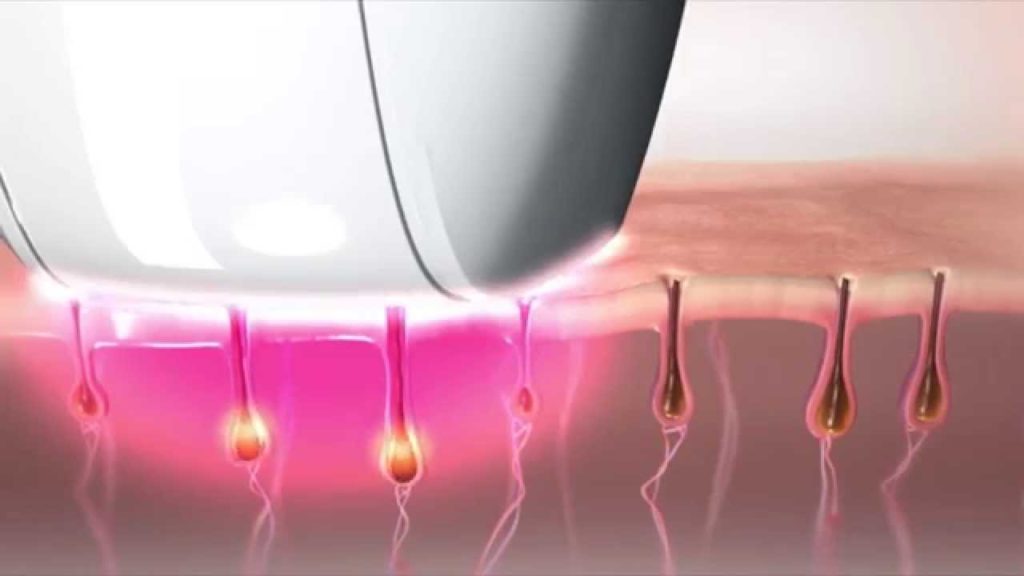
Light energy, converted into heat, destroys the hair follicle
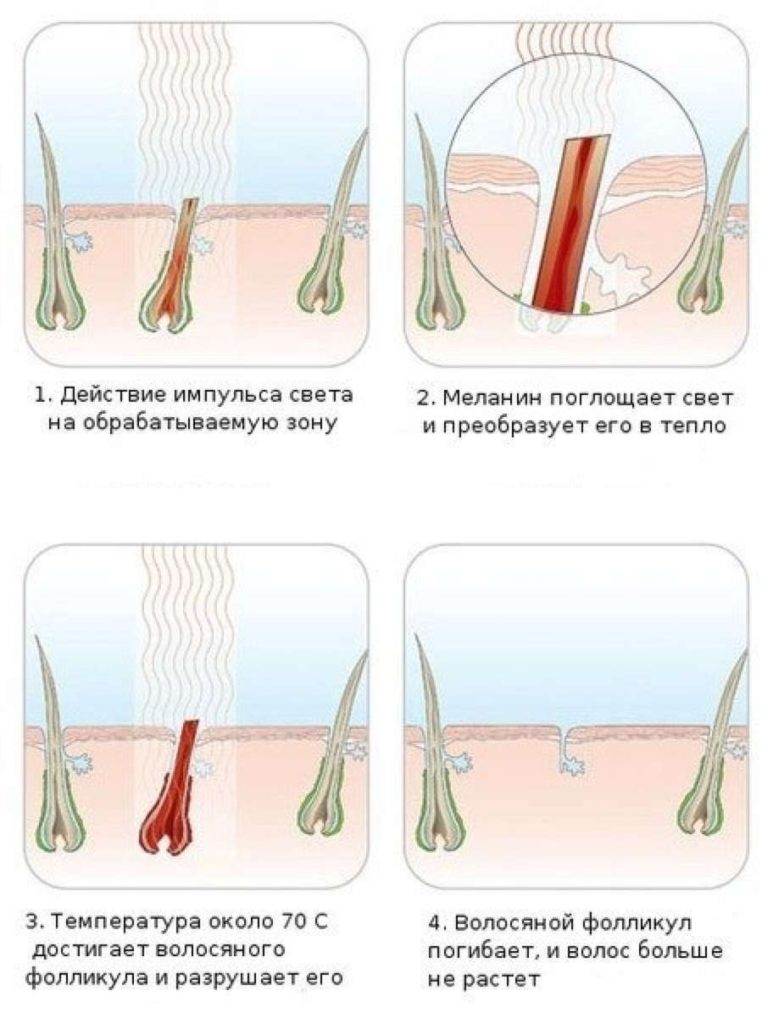
Photoepilation steps
Light exposure in the process converts energy into heat, the hair heats up along the entire length, an irreversible process begins - the hair follicles are destroyed. Then they die, and hair growth stops. But for the light to work, it is necessary that it gets on the growing hair. If this does not happen, and this can happen at a time when the hair in the process has not yet appeared above the surface of the skin, follicle destruction will not occur. And after a while, even with the correct procedure, bristles appear on the skin.
Which is the best epilator - laser or photoepilator? About it read here.
Hair removal efficiency
The effectiveness of hair removal with a photoepilator primarily depends on their color, that is, on the amount of melanin that is present in their structure. The smaller it is, the brighter the hair, which means that a positive effect will be achieved with less probability. And the fact that there is no melanin in gray hair at all explains the ineffectiveness of this photo exposure.
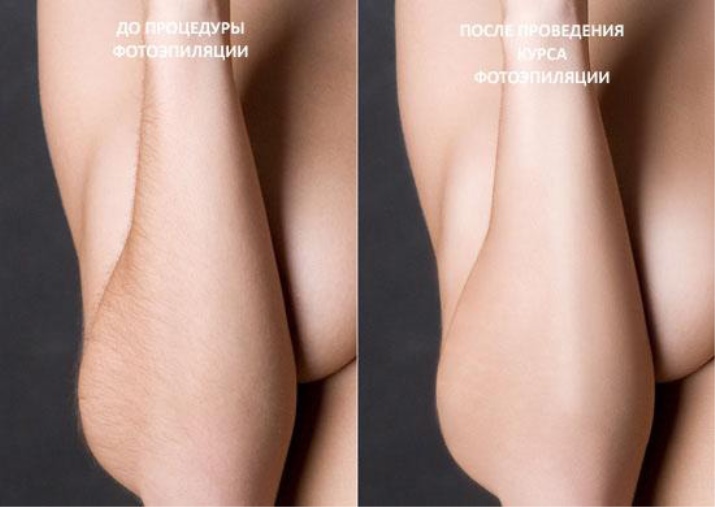
People with dark hair will feel the effect of photoepilation after just a few treatments
But at the same time, it is worth noting that modern photoepilators have a regulator in their device that allows you to set exactly the length of the light wave that will most effectively affect a certain amount of melanin. In this case, owners of lighter hair will have to go through a slightly larger number of sessions of exposure to the photoepilator, but the effect of it will still be noticeable. On average, the number of such procedures is from four to six; fair-haired people may need up to ten procedures for one hundred percent hair removal.
Photoepilation is one of the most effective ways to deal with unwanted hair. Moreover, hair removal is possible from any area of the body.The main thing is to correctly configure the device before carrying out the procedure, and also use only high-quality equipment for the procedure. In most cases, the effect of photoepilation can be felt only when you visit a special salon, in which the service is provided professionally.
Read also: hair removal photoepilator at home - which is better?
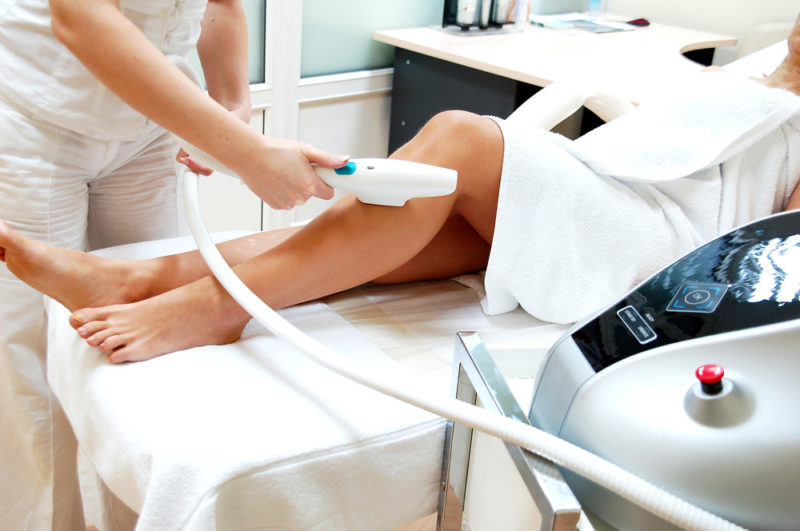
The best option for carrying out photoepilation is to turn to the services of a professional
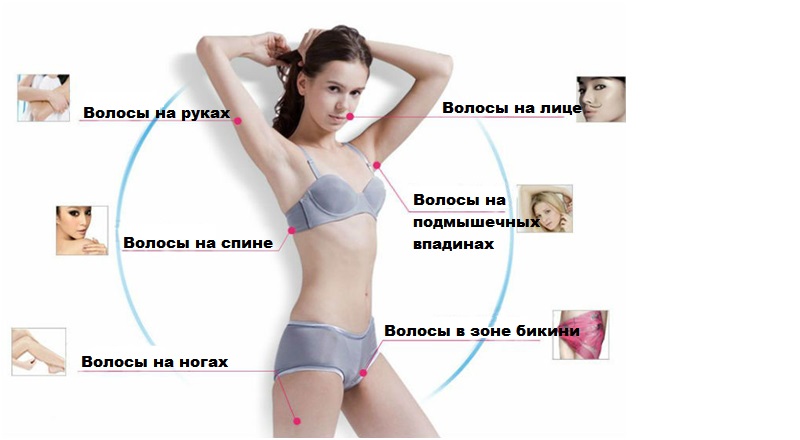
Photoepilation zones
The benefits and harms of photoepilation
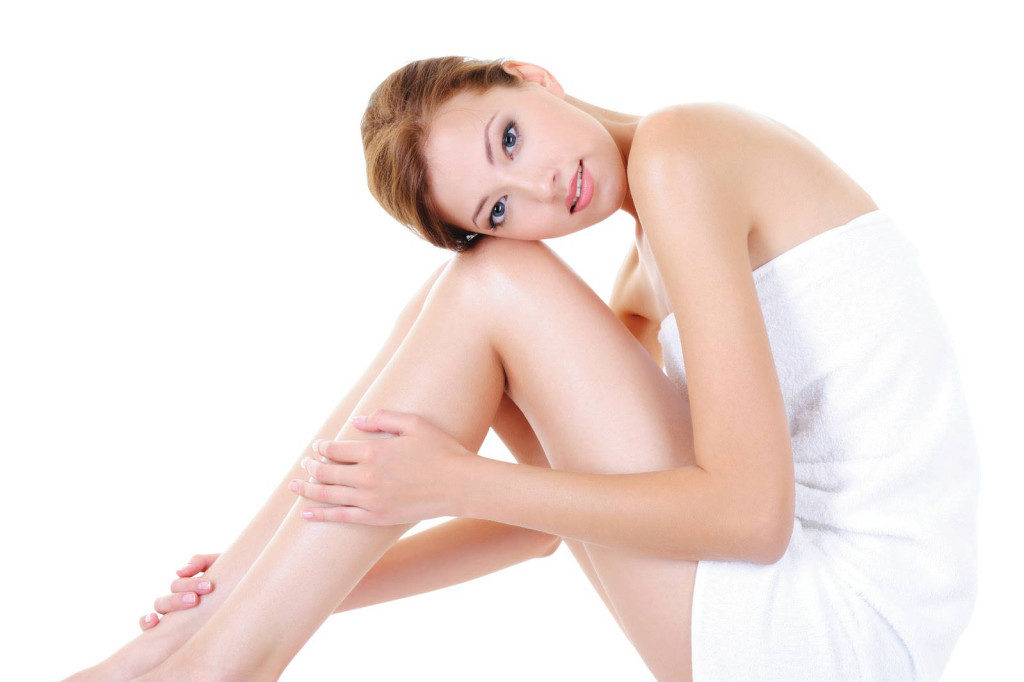
Exposure to light is the perfect way to remove hair for people with brown hair
If photoepilation is performed for a patient with blond hair and fair skin in the absence of any contraindications, then the only possible negative consequences of this procedure may be:
- slight peeling or redness of the skin on the treated area;
- a temporary violation of normal pigmentation, which will itself pass after a short time;
- expansion of blood vessels;
- the appearance of bruises or swelling.
In addition, it is worth noting that for people whose threshold of sensitivity is low enough, pain may occur during the procedure. This will cause only a certain discomfort, but will not affect the physical condition, and there will be no harm to health.
Compare different hair removal methods and find out which is better - shugaring or epilator.
Contraindications for photoepilation
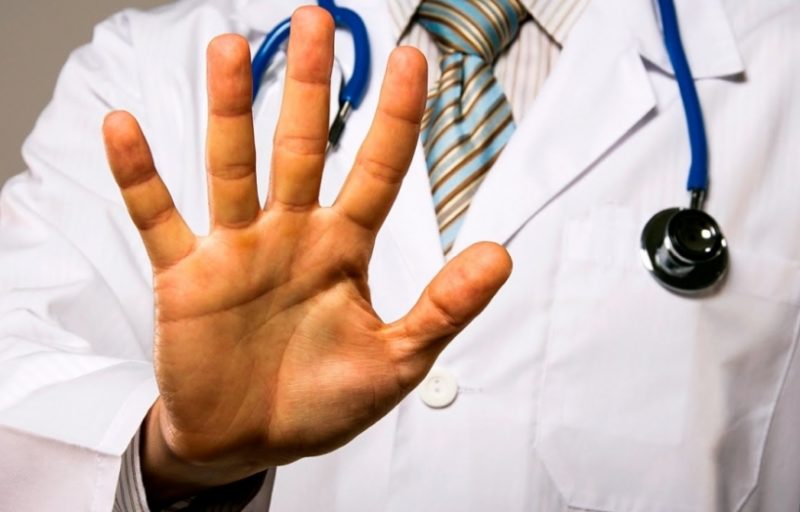
There are a number of contraindications for photoepilation.
Since photoepilation is a procedure that affects not only the hair shaft, but also on the human skin, when using it, it is necessary to take into account the possibility of negative consequences. In order to prevent this, it is necessary to know the contraindications to photoepilation, the main of which include:
- the presence of cuts, abrasions or inflammations on the treated skin area;
- skin tattoo;
- recent exposure of the skin to sunlight;
- taking steroids or other drugs that cause an increase in sensitivity to light;
- varicose veins;
- diabetes;
- active phase of infectious or oncological diseases;
- cardiovascular disease, coronary heart disease;
- the presence in the body of electronic devices, which include pacemakers, insulin pumps and the like;
- previous allergic reactions to sunlight, as well as the presence of systemic lupus erythematosus and other porphyric skin diseases.
In addition, extreme caution should be taken when performing photoepilation and, if possible, refuse it to pregnant and lactating women. Studies of unequivocal contraindications in this case have not been identified, but it is impossible to predict how the female body will behave during this period.
It should also be noted that before hair removal, you need to abandon other methods of hair removal, with the exception of conventional shaving: shugaring, hair removal with wax, disk or forceps epilator also affect the hair roots, which inevitably leads to their uneven regrowth. Moreover, the more hair will be on the surface of the skin at the time of photoepilation, the better it will be performed.
You can not decide on the choice of an epilator? Check out Top rated female homemade eilators.
So that photoepilation does not cause disappointment and does not lead to negative health consequences, certain rules must be followed after it, namely:
- Avoid contact with skin in direct sunlight for two to two and a half weeks. If the sun cannot be avoided, then before going out, all parts of the body treated with a photoepilator that will be exposed to sunlight must be protected with special creams or lotions;

After photoepilation, you can not sunbathe.
- refrain from visiting baths, saunas and pools.
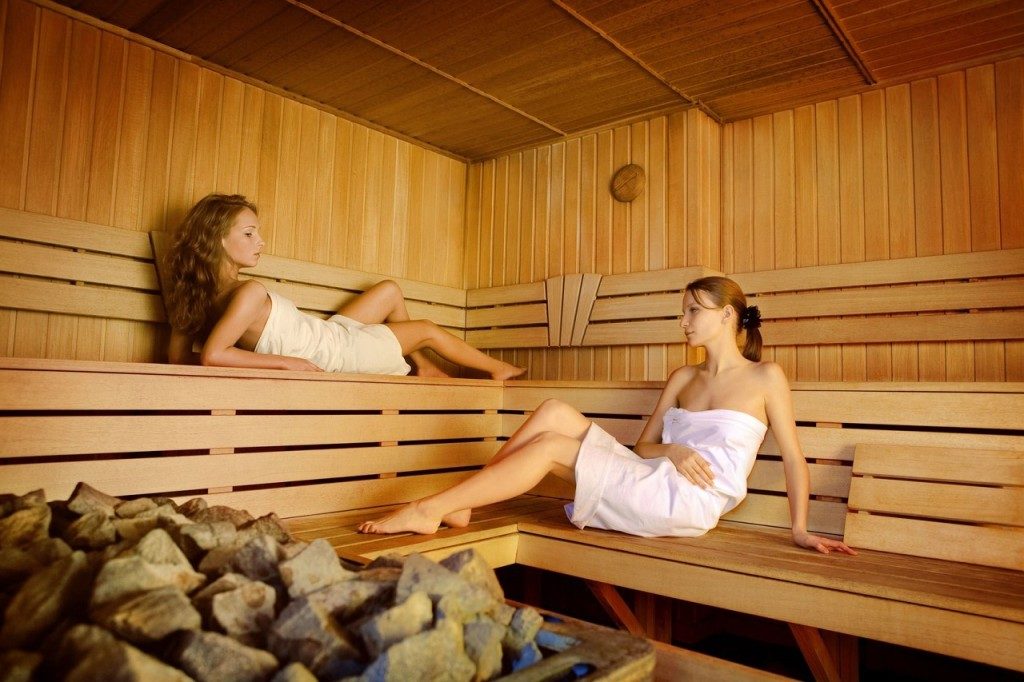
After photoepilation is better to refrain from visiting the sauna
Thus, when using a photoepilator, harm and benefit to the body can be done with equal probability. In order to realize how effective the procedure is, it is necessary to do it several times so that all the hairs on the skin are exposed to light. Harm from the photoepilator can be experienced by anyone who neglects contraindications and will do the procedure, if any.
Learn about contraindications to the use of home photoepilator.


